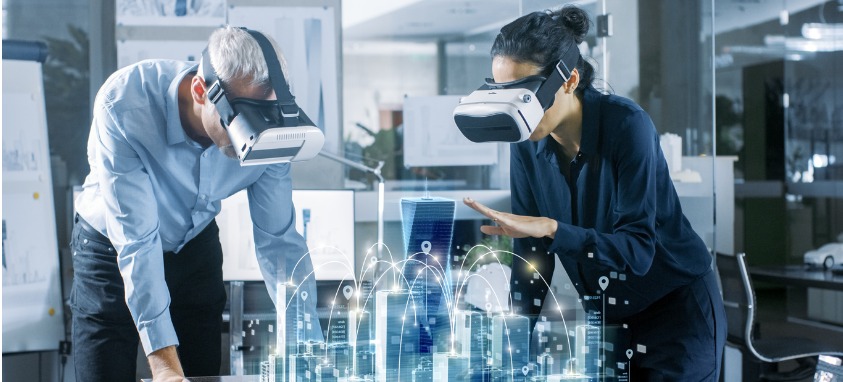Technology has taken center stage at many meetings. Smart badges, augmented and virtual reality and facial recognition are popping up at events regularly. Think about it—if you carry a smartphone in your pocket, you’re already a part of the tech world. But more innovations are on the way. In a recent Smart Meetings webinar titled The Internet of Things and Its Impact on Exhibitions and Events, Corbin Ball, CSP, CMP, DES and MS, spoke about IoT—”everyday objects featuring network connectivity that allow users to send and receive data.” Here are some of the takeaways.
Smart Objects
Smart objects are no longer a thing of the future. We have smartphones, smart watches and even smart toothbrushes. We also have Alexa and Siri, tech that can interact with us and provide us with endless options, from delivering pizza to playing our favorite song.
It’s no surprise, then, that hotels are getting in on smart objects. Hotel renovations occur roughly every 10 years, whereas other office buildings tend to be renovated approximately every 25 years. Because of this, technology is constantly being updated. We now have the ability to unlock our hotel rooms with our phone, text virtual concierges for assistance and interact with smart items in our room, such as televisions. Look for more of this to come.
Facial Recognition
Registration will be even easier once facial recognition technologies already being tested become the norm. It’s simple, really. Attendees upload a picture previous to registration. A camera imager in the walkway at the event recognizes the face from the photo and prints the badge by the time the attendee approaches the kiosk.
This same technology can be used to collect information regarding gender, age and mood, which communicates instant feedback to planners. Since some people may see this technology as an invasion of privacy at least initially, it is unlikely traditional check-ins will disappear altogether.
Virtual and Augmented Reality
One of the top discussions in the tech world is the use of virtual and augmented reality. Virtual reality (VR) places you in a different location, while augmented reality (AR) allows you to interact with the real world while simultaneously experiencing sensory images and sounds.
VR is predicted to grow by more than 50 percent over the next four years. It’s most often used with video games, but it also is popping up in demos and booths—it can even allow you to view a room you’ve designed for an event, showing seating, exhibit set-up and more. While there are some limitations, it is still an extremely immersive experience.
AR, on the other hand, is more collaborative. It allows you to find registration when you enter a building, presents you with information and can help you find attendees to network with, enriching the social aspects of meetings. It can also provide entertainment—at one event, visiting all pavilions in the area led to receiving a prize.




